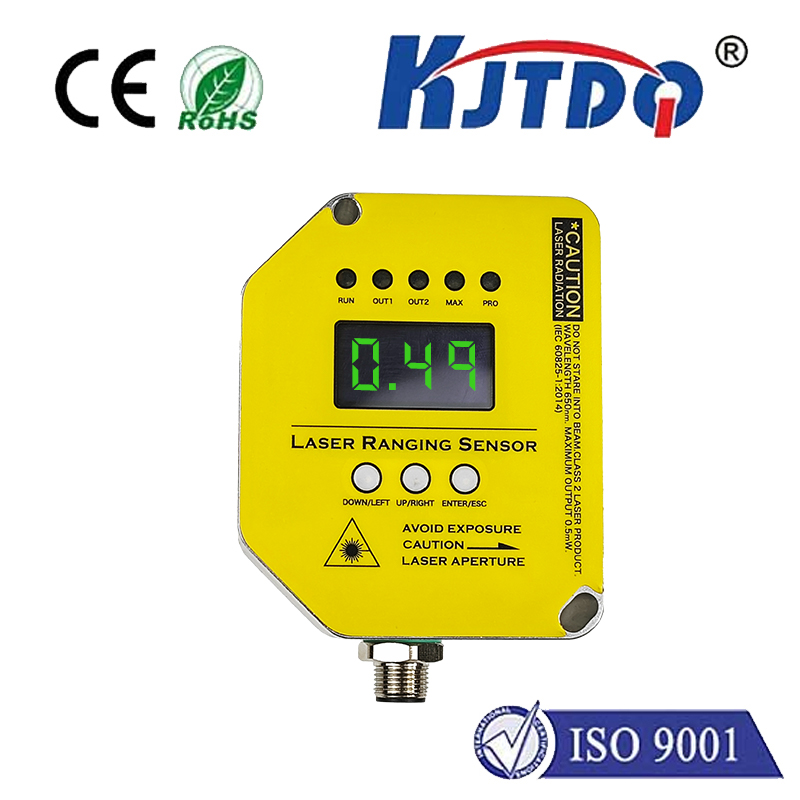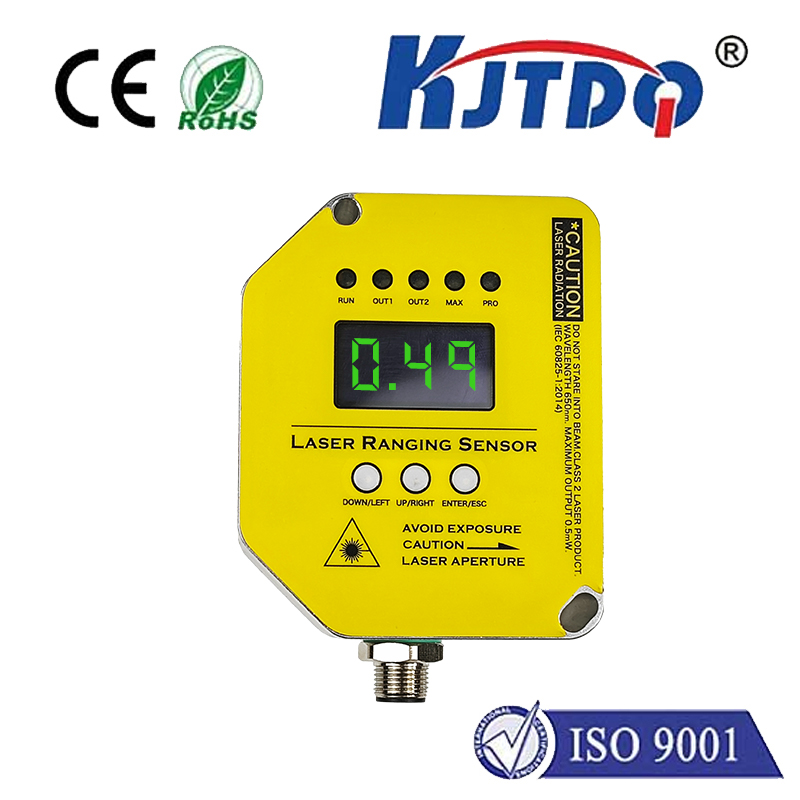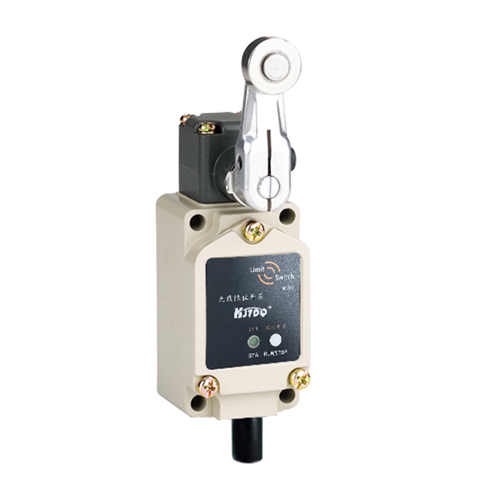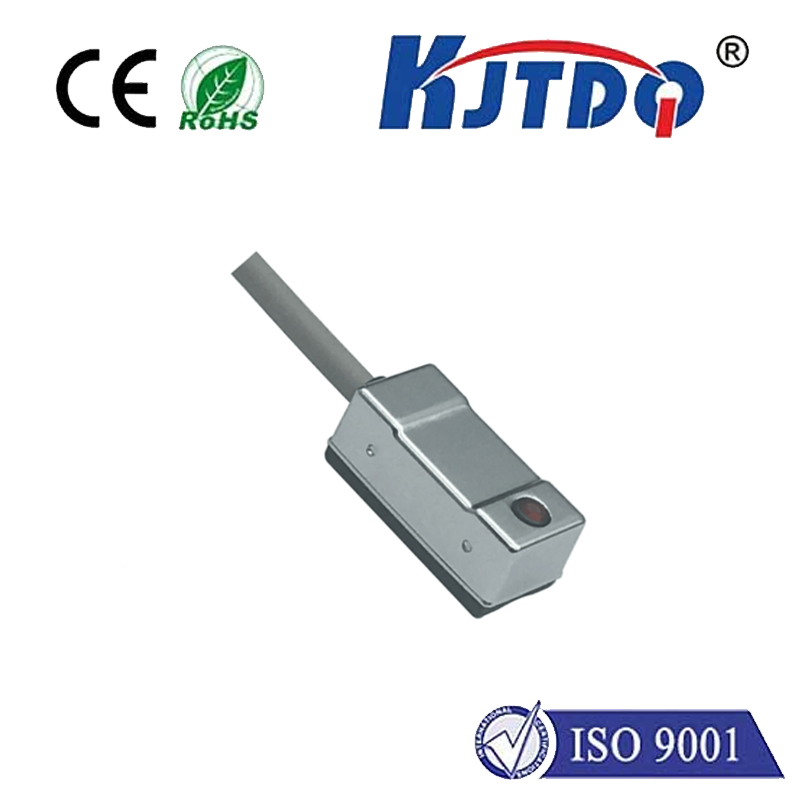

check

check

check

check
Imagine this: A sophisticated piece of malware silently slips past perimeter defenses. Its target? A seemingly insignificant, yet critical flaw – a buffer pointer vulnerability coded in hexadecimal notation as 0E. This precise scenario underscores the stealthy danger represented by the cryptic label FARS BP 0E. In the intricate world of cybersecurity, such identifiers often mask severe weaknesses, particularly the dangerous buffer overflow. Understanding and mitigating these threats is paramount for robust cyber defenses.
FARS BP 0E isn’t just random characters; it’s a specific identifier pointing towards the detection or existence of a buffer overflow vulnerability associated with a pointer manipulation at a specific memory offset (0E). In programming, a pointer holds a memory address. A buffer is a contiguous block of memory allocated to hold data. A buffer overflow occurs when more data is written into a buffer than it was designed to hold. BP 0E suggests a scenario where an overflow corrupts a pointer located at the 0E byte offset relative to the start of a crucial data structure or function stack frame.

Why is BP 0E So Dangerous? The core danger isn’t merely the overflow itself, but what it corrupts. If the data overwritten happens to be a function pointer (a pointer directing where a program should execute next) or the return address stored on the stack (which tells the program where to go after finishing a function), attackers gain immense power. By carefully crafting the overflow payload to include 0E and beyond, malicious actors can:
0E to point to their own malicious code payload, also injected via the overflow. This is classic arbitrary code execution.0E might simply crash the application or system by corrupting essential control data.The Role of Tools Like FARS: This is where systems like FARS (File Analysis and Reporting System) become critical. FARS doesn’t directly represent the vulnerability; it’s an example of the type of tool crucial for identifying FARS BP 0E and similar weaknesses. Modern application security tools function like automated vulnerability scanners:
0E offset, and test if these can be overwritten.0E), causing unintended behavior or potential code execution paths, the scanner identifies it – generating a report like “FARS BP 0E”. This signals a buffer pointer overflow vulnerability specifically exploitable via that 0E offset.Mitigating the BP 0E Threat: Protecting against such intricate vulnerabilities requires a multi-layered approach:
strcpy, gets, sprintf without bounds checks), use safer alternatives (strncpy, snprintf, C++ strings, Rust’s ownership model), and perform explicit bounds checking before all data copy/input operations.-fstack-protector (Stack Canaries), /GS (Buffer Security Check in MSVC), and automatic enabling of DEP (/NXCOMPAT or -z noexecstack). These introduce runtime checks to detect stack-based overflows before they corrupt pointers.0E. Control Flow Integrity (CFI) further restricts valid execution paths.The identifier FARS BP 0E serves as a stark reminder of the constant battle against memory corruption vulnerabilities. It represents a specific, exploitable flaw where a buffer overflow corrupts a critical pointer at a defined location (0E), potentially handing control of a system to attackers. Understanding the mechanics – the how and why this vulnerability occurs – is the first step. Implementing comprehensive mitigation strategies, from secure coding and compiler flags to OS hardening and persistent vulnerability scanning with systems like FARS, is the essential defense. Treat every BP 0E alert as a critical warning requiring immediate investigation and remediation. In the dynamic threat landscape, proactively addressing these precise weaknesses is fundamental to building resilient systems and maintaining robust security posture.









